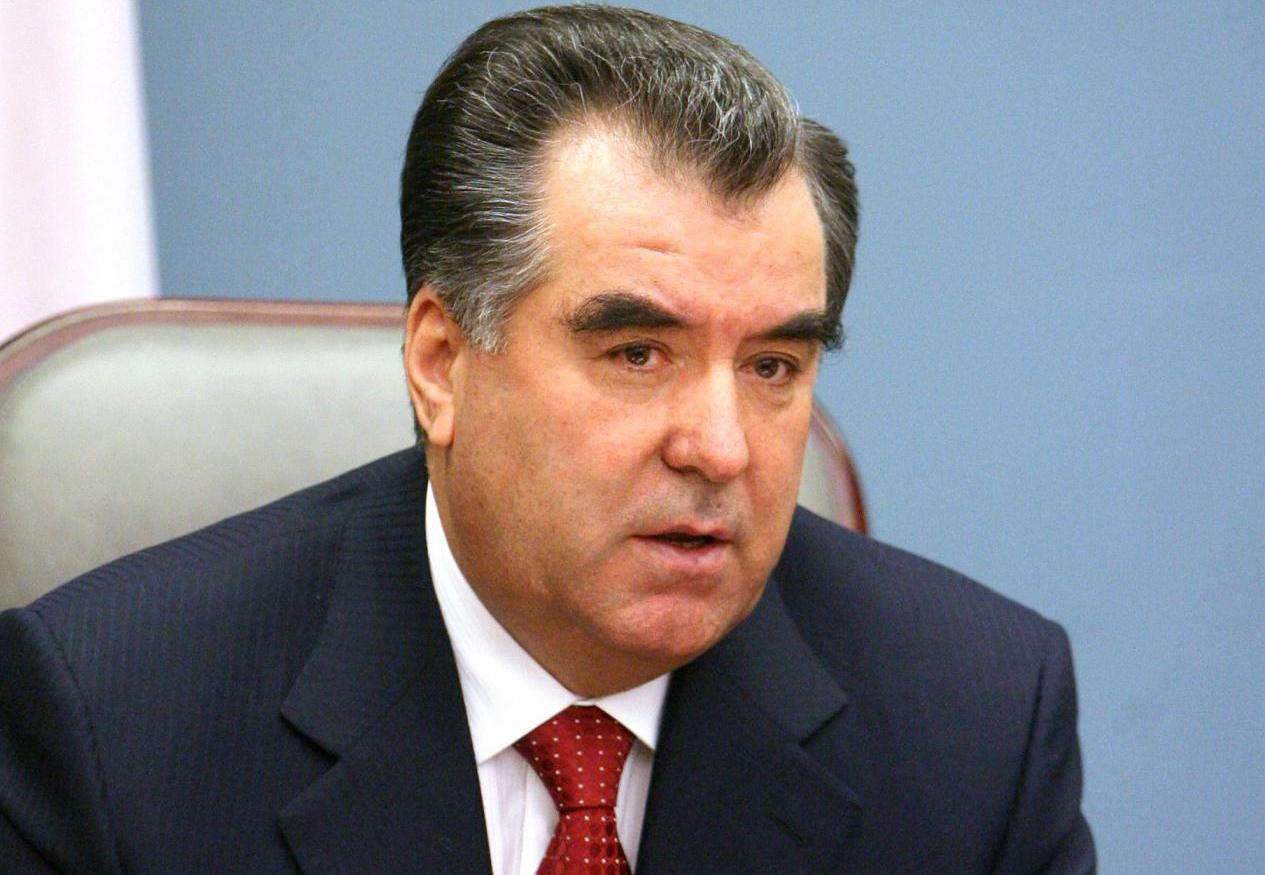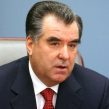
What Is Motivating Dushanbe’s Campaign Against the IRPT?
Publication: Eurasia Daily Monitor Volume: 11 Issue: 79
By:

In the past few months, the Islamic Renaissance Party of Tajikistan (IRPT) has faced increasing pressure from the government in Dushanbe. On April 14, the head of the IRPT in the Gorno-Badakhshan Autonomous Oblast (GBAO), Saodatshoh Adolatov, was arrested by security forces in Vanj district for “inciting religious hostility” (Khovar, April 15). Currently, the details of the charges against him are unknown. However, on April 5, a letter of complaint against Adolatov was published on the government site Jumhuriat outlining the authorities’ case as to why he is unfit to serve as the IRPT’s provincial head (https://www.jumhuriyat.tj/index.php?art_id=13623OperaStableShellOpenCommand). Among the wide ranging complaints were allegations that Adolatov was a former compatriot of Jumma Kasimov (a.k.a. Juma Namangani) and fought with the Islamic Movement of Uzbekistan in Kabul from 1995 to 1996. On its official website, the IRPT rejected the charges, claiming they were politically motivated (Nahzat, April 16).
Adolatov’s arrest is one in series of recent moves against the IRPT. In the northern village of Surkh, an IRPT activist was recently arrested for allegedly bribing a local official, and a party office was temporarily closed in the town of Spitamen (Ozodagon, April 16; BBC Tajik, April 9). The government has not limited itself to the tactic of arresting opposition members. Recent attempts by the government to expropriate the Sakhovat bazaar owned by Muhiddin Kabiri, the head of the IRPT, illustrate that economic pressure is also being applied (BBC Tajik, April 21). Additionally, a spate of videos recently released on YouTube purporting to show prominent members of the IRPT engaged in sexual misconduct have generated rumors that the security forces are engaged in a coordinated smear campaign against the party (Ozodagon, April 8).
Because of his role as the head of the IRPT in the sensitive GBAO region, Adolatov’s detention has special significance. The job comes with a dangerous history. On August 15, 2013, just two days before Adolatov was appointed to his post, he was attacked by assailants who, he claimed, were members of the security services (Ozodi, September 25, 2013). One of Adolatov’s predecessors, Sabzali Mamadrizoev, was among the dozens killed in the fighting that occurred in 2012 between government forces and local strong men in the provincial capital of Khorog (see EDM, August 1, 2012). Additionally Mamadrizoev’s predecessor, Siroj Kalonov, died under mysterious circumstances in 2011.
In the past, the government has often invoked the fear of Islamist extremism as an excuse to crack down on opposition figures. While this fear is often attributed to concerns of domestic terrorism or the spillover of instability from Afghanistan, the latest incarnation of this narrative is linked to the fear of Tajiks going to fight in Syria. In February 2014, a member of the IRPT, Bahriddin Muminov, was imprisoned for allegedly fighting with Jabhat al-Nusra in Syria (Asia-Plus, February 16). He became the sixth Tajikistani convicted of fighting on behalf of anti–Bashar al-Assad forces in Syria; however, the IRPT deny the allegations, claiming that he was in Syria to attend a university. Last month, Davlat Cholov, the brother of former Popular Front commander Qurbon Cholov, was arrested for allegedly trying to recruit Tajikistani citizens to fight in Syria (Ozodi, March 6). This allegation has confused many local pundits who note that as a member of the pro-government Popular Front, Cholov fought viciously against the Islamist opposition during Tajikistan’s civil war and helped secure Emomali Rahmon’s rise to power.
However, government fears of Tajikistanis fighting in Syria are not entirely paranoid. Two recent videos seem to confirm that at least a few are in Syria fighting with jihadist groups. The first is an obituary of a Tajik fighter posted on the website Kavkas Center (https://www.kavkazcenter.com/eng/content/2014/03/29/19076.shtml). The obituary identifies the fighter as a native of Kulob who goes by the nom de guerre “Abu Ahmad al-Tajik,” and it claims that he was killed in March fighting with the “Caucasus Emirate Brigade.” The second video, released on April 5, shows a group of men claiming to be members of the Islamic State of Iraq and the Levant who are burning their Tajikistani passports (Ozodi, April 8). The men in the video are heard speaking a combination of Russian and Tajik and explain that they have come to Syria to wage jihad and have no intention of returning to the “infidel land of Tajikistan.” The official government estimate of Tajikistanis fighting in Syria is 200. However, these numbers cannot be independently corroborated (BBC Tajik, April 8).
As an Islamic opposition party, the IRPT is both a potential threat and an asset to the current government. If embraced, their moderate platform and relative popularity could be leveraged to help stem the creeping influence of radical Islam. However, it seems that in the wake of the mass EuroMaidan movement in Ukraine, which ousted Viktor Yanukovych’s government, President Rahmon has doubled down on his policy of suppressing all forms of opposition. Rahmon’s inability to temper his authoritarian excesses could have negative long-term consequences. The two pronged attack against both Islamic extremism as well as moderate Islam and the secular opposition is particularly dangerous as it slowly hollows out the centrist position in Tajikistani politics. If the moderate opposition continues to be suppressed, Rahmon may one day become the victim of the sort of self-fulfilling narrative that al-Assad is facing in Syria.




